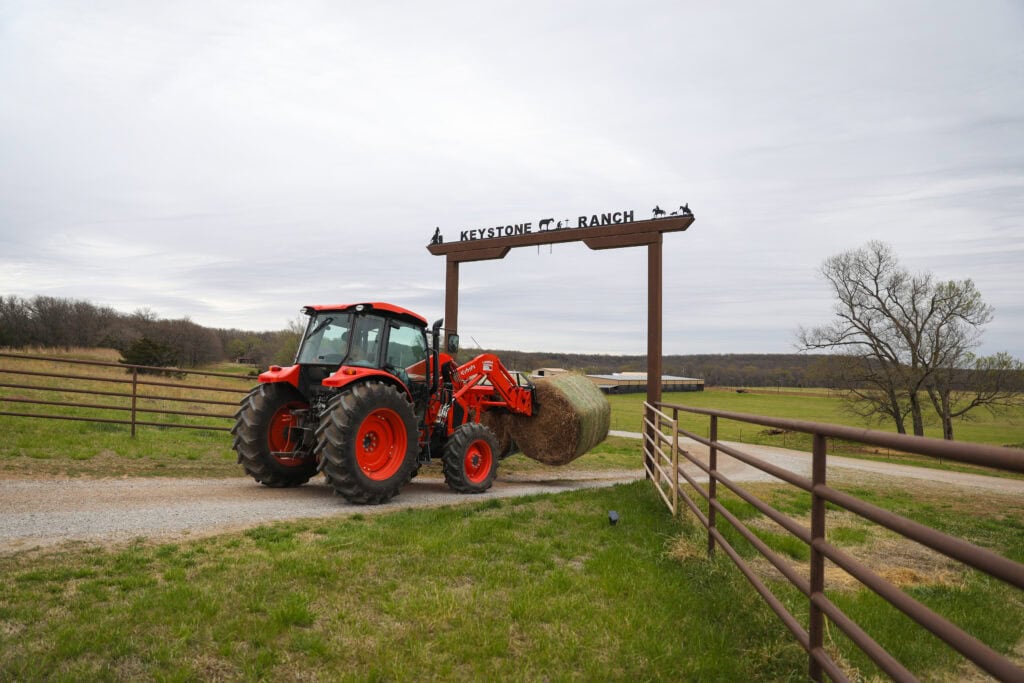Harvest Timing
July stands as a pivotal month for hay management across Oklahoma, necessitating careful stewardship to maximize both yield and quality in native hay meadows. The timing of hay harvest during this period is crucial for achieving optimal results. It is recommended to schedule hay cutting between July 1 and 10. This timeframe ensures a balance between maximizing hay production and preserving high nutritional content in the forage.
Cutting Height and Strategy
Maintaining a cutting height of at least 4 inches above the ground is essential for the health and vigor of native grasses such as big bluestem and little bluestem. This practice promotes effective regrowth and sustainability of the hay meadow ecosystem. Additionally, adopting a single harvest strategy—limiting hay cutting to once per growing season—helps conserve root carbohydrate reserves. This conservation is vital for ensuring long-term productivity and resilience against environmental stressors.
Weather Considerations
Close monitoring of weather conditions is imperative during July hay management. Capitalizing on dry periods for harvesting is crucial to prevent mold formation and maintain hay quality. Monitoring humidity levels and precipitation forecasts aids in optimizing drying conditions, which directly impact the nutritional value and marketability of harvested hay.
Equipment Maintenance
Ensuring all haying equipment is well-maintained and in optimal condition before the cutting season is paramount. Properly functioning machinery minimizes downtime and maximizes efficiency during critical harvesting periods. Regular inspections and maintenance checks contribute to smooth operations and reduce the risk of mechanical failures during hay cutting and baling.
Biodiversity Conservation
Native hay meadows are biodiversity hotspots, supporting a diverse range of plant species including important forbs and legumes. Implementing sustainable harvesting practices is essential to safeguard this biodiversity. Strategies that protect native grasses and associated flora contribute to the overall health and resilience of the hay meadow ecosystem. By preserving biodiversity, farmers and land managers enhance ecosystem services and promote sustainable agricultural practices.
Conclusion
Optimizing hay management practices in July is fundamental to maintaining agricultural productivity and conserving Oklahoma’s natural landscapes. By adhering to these guidelines—focusing on harvest timing, cutting height, weather responsiveness, equipment maintenance, and biodiversity conservation—farmers and land managers can enhance hay yield, preserve nutrient-rich forage, and ensure the long-term health of native hay meadows for future generations.
